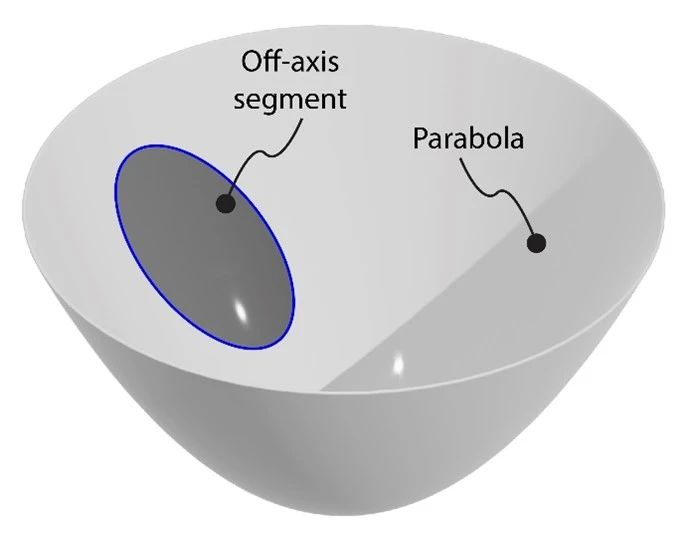The lack of symmetry in the free form allows for more complex control over the path of light rays. This allows free-form surfaces to correct aberrations more efficiently than conventional optics, especially off-axis aberrations common in wide-field and high-resolution imaging systems. This capability leads to higher yields and superior image quality, with improved clarity and contrast across a wider field of view. This advantage extends its applications from microscopes and spectrometers to photography and advanced surveillance.
Freeform optics can also make optical designs more compact and lightweight, the performance is not affected. Its complex shape allows a single surface to do work that would normally require multiple surfaces. It can reduce the number of components, resulting in a smaller, more efficient design. It is ideal for applications where space and weight impact are very high, ranging from aerospace to portable consumer electronics. In addition, free form surface can reduce the sensitivity of the optical system to actual mechanical tolerances, making it easier to assemble and always maintaining better performance in practical use.

Figure 1: Free-form surfaces are surfaces without symmetry. One of the simplest and most widely used free-form surfaces is the off-axis segment of a parabola or other conical section.
What exactly is a free-form surface? What makes it so useful? A free-form surface is a surface that lacks rotational and translational symmetry, as shown in Figure 1. This is in sharp contrast to most traditional optical principles using spherical surfaces: traditional optical devices use spherical tables
Surfaces that are rotationally symmetric on all axes (spheres have no vertices). The aspheric surface commonly used has a single axis of rotational symmetry.
Freeform surfaces improve the design freedom and bring new possibilities for optical design. It can enable optical engineers to address challenges previously considered unsolvable, supporting the development of new and more innovative solutions.